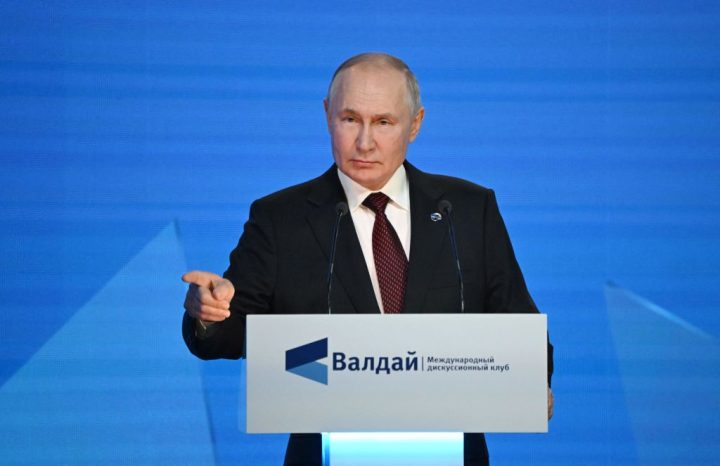It has become something of a fad to try to identify and quantify the body doubles of Vladimir Putin. There are even outlandish claims that the man himself is dead and has been replaced by one. But why the fascination?
It is hardly unusual for autocrats to have doubles – as a shield against assassination or simply as handy proxies to take on the more tedious and less important duties.
Already a subscriber? Log in
Subscribe for just $2 a week
Try a month of The Spectator Australia absolutely free and without commitment. Not only that but – if you choose to continue – you’ll pay just $2 a week for your first year.
- Unlimited access to spectator.com.au and app
- The weekly edition on the Spectator Australia app
- Spectator podcasts and newsletters
- Full access to spectator.co.uk
Or




















Comments
Don't miss out
Join the conversation with other Spectator Australia readers. Subscribe to leave a comment.
SUBSCRIBEAlready a subscriber? Log in